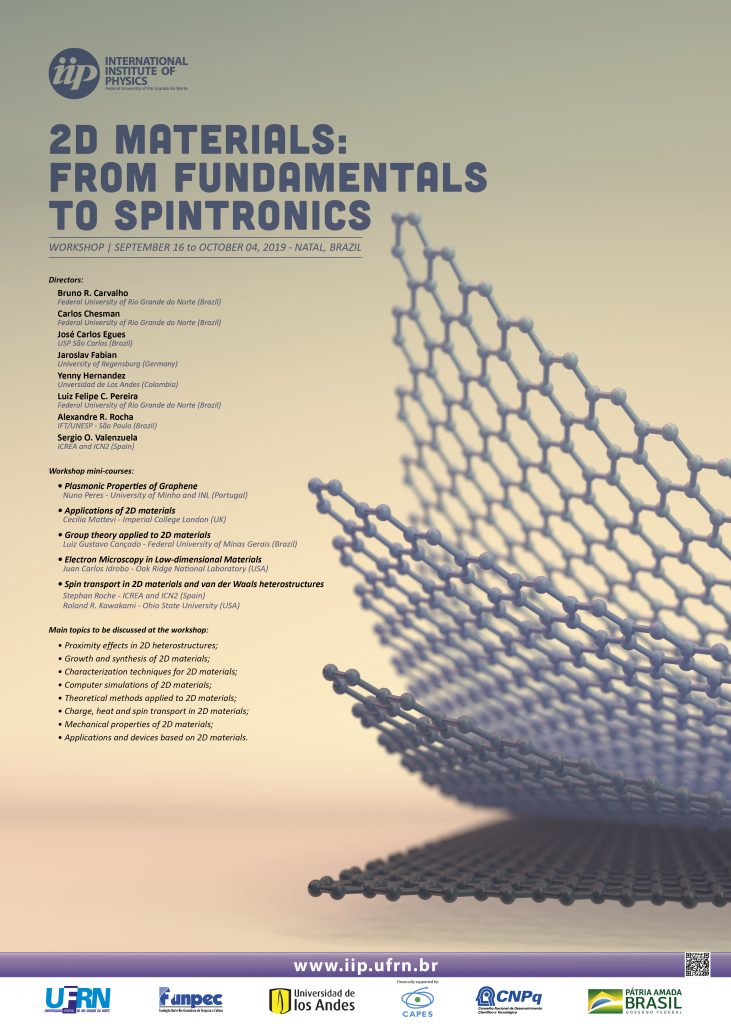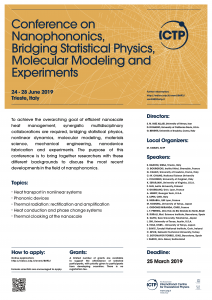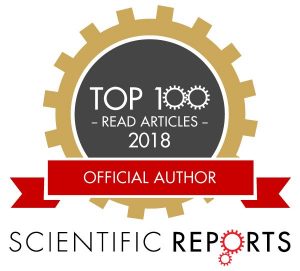My first ever publication in a physics education journal, “Total entropy variation for an object in contact with heat reservoirs: the path to reversibility” has just been accepted for publication in Revista Brasileira de Ensino de Física, published by the Brazilian Physical Society.
In this paper we explore the second law of thermodynamics, which is one of the least understood fundamental physical laws among science and engineering students, possibly due to its subtleness and alternative statements. We consider the entropy variation of an isolated system composed of an object and one or more heat reservoirs, as the absolute temperature of the object varies due to heat exchange with the reservoirs, one at a time. We obtain a general expression for the total entropy variation, ∆S, in terms of the object’s heat capacity and the number of reservoirs, N. We employ a simple numerical routine to show that ∆S decreases as N increases, approaching zero as N becomes very large. Since the temperature difference between subsequent reservoirs becomes infinitesimal as N increases, we analytically show that ∆S vanishes, in accordance with the second law of thermodynamics. In the manuscript we also propose an undergraduate exam problem based on this demonstration.
The idea for this work came to me when I was preparing a problem set for the undergraduate Statistical Physics course, which I taught at UFRN in 2017 and 2018. The course was based on “Fundamentals of Statistical and Thermal Physics” by F. Reif, which contains a similar problem in its Chapter 4. The analytical solution was presented by one of the students in the class, Lucas R.D. Freitas, who co-authored the manuscript with me.






